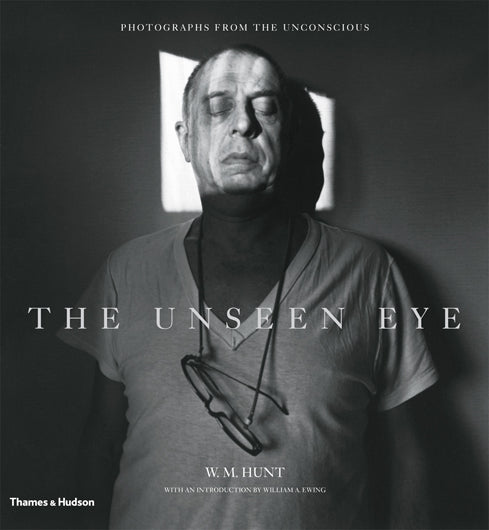In an art form that is mesmerized by eyes both behind the camera and in front of it, the exhibit of collected photographs of W.M. Hunt in the George Eastman House in Rochester, New York purposefully evades the eye. W.M. Hunt has a long history as a collector, curator, and dealer of photographs and seems to have spent a great deal of time (and some money) in pursuing a passion for collecting photographic prints that have eyes that are averted, missing, or shrouded.
My visit to the famed gallery was less than a month before the closing of the exhibit on February 19th, 2012 and was my first tour of the building of the wealthy man who was so influential to photography. The exhibit starts immediately in the main hall with no posted explanations of the exhibit. The viewer is greeted by six to eight panels of walls each containing 10-16 framed images of all sizes. Turning to the right into the main body of the exhibit, the visitor is greeted by a smattering of images of every variety, including many images from well-known photographers, including Richard Avedon, André Kertész, and others, although lesser known photographers dominate the exhibit as a whole. Alternative processes, 19th century cartes de visite, and standard silver gelatins adorn the walls, and are even hung from the ceiling.
Continuing to the last room, which is dimly lit, the viewer enters a somewhat somber room with an eerie voice, coming from what appears to be the end of the exhibit. It was in this room that I was introduced to a photographer with whose work I was unaware: Calamy, an American photographer born in Cuba. A black and white street photograph, Calamy’s 8 x 12-ish print attracted me for its composition of a Cuban street scene with two gentlemen walking from left to right in the frame. The dark tones are indeed black and only allow for highlights of the gentlemen to shine through. Its authenticity of the scene with its strong composition made it stand out to me, though many other photographs were larger, more engaging, and more forceful.
One issue that arises with such an exhibit is why does there need to exist an underlying theme to an exhibit? If we answer that an exhibit does need to have some thread of similarity, does "The Unseen Eye" provide us with enough of a thread to actually make a cohesive exhibit? There certainly seems to be little that connects these images except for the eye-factor, which often times is not adhered to at all. Furthermore, the images differ in almost every other aspect: time, place, content, subject, photographer, and even framing. In fact, the rag-tag framing distracts more than anything. The exhibit is somewhat haphazard in both its conglomeration of issues as subjects as well as its presentation. It does, however, possess some redeeming qualities. There is a fine representation of interesting photographs from many genres and is perfect for a student to peruse a great deal of excellent photography from many time periods. Also working in the favor of the exhibit is the eerie voice of Mr. Hunt himself at the end, who is as interesting as many of the images.
His short clip, perhaps 10 minutes long, plays on a monitor just before entering the gift shop and provides the interested photographer, collector, and gallery owner some insights as to how he began his career, what he has looked for in photographs, and what he considers of the industry. A seasoned collector will always have excellent advice.
Bottom Line: Give the exhibit a visit if you are in upstate New York. It will be a great time to see this famous photographic landmark, and you can check out some great photographs. For me, this was Richard Avedon and a photographer new to me: Calamy. Not in New York? Buy the book online new at the Aperture Foundation website.



